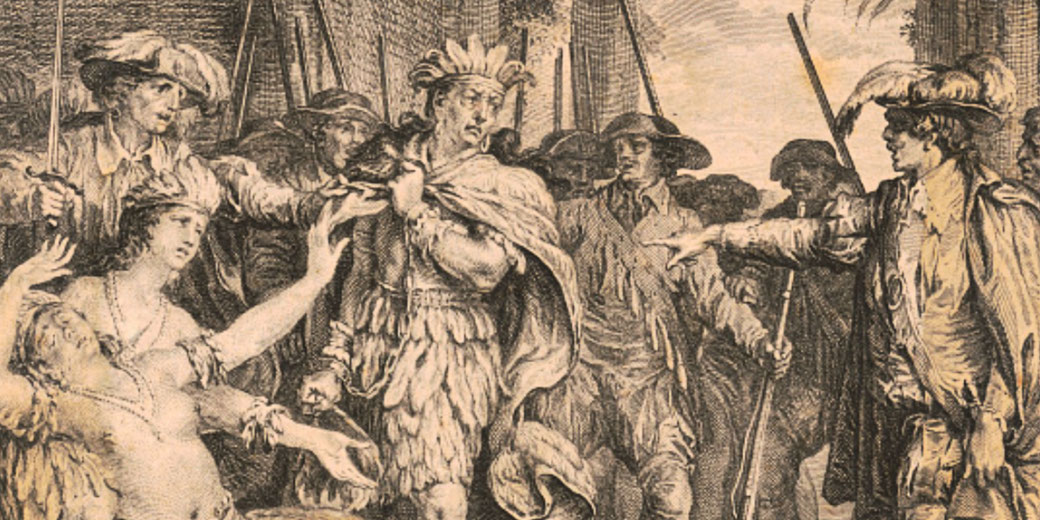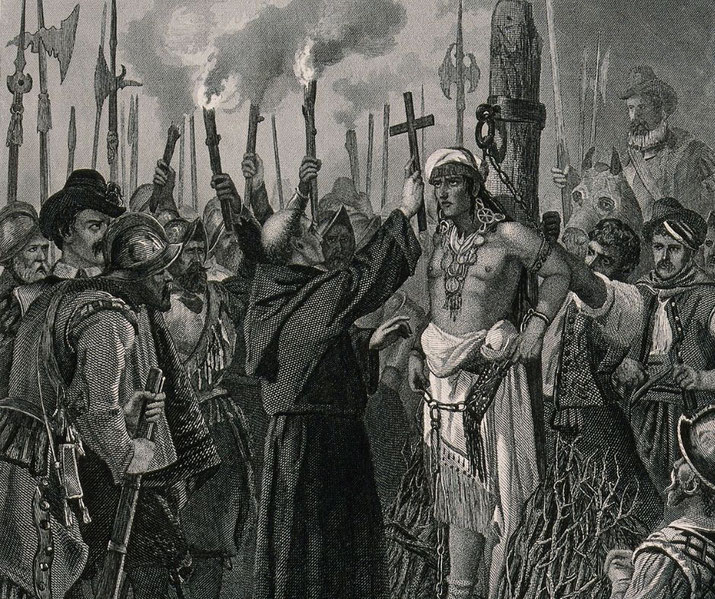Why a room full of gold was not enough to save the last Inca emperor from Spanish execution

In the early 16th century, two civilizations clashed in the heart of the Andes mountains: the Inca Empire and the Spanish conquistadors.
At the center of this clash was a room that embodied the stark contrast between these two worlds. On one side were the Incas, a civilization that had built one of the largest and wealthiest empires in the Americas through centuries of ingenuity, engineering, and cultural development.
On the other side were the Spanish, a ruthless conquering force driven by the quest for riches and power. The Room of Gold, a chamber filled with glittering treasures worth millions of dollars, became the epicenter of this clash as the Incas used their wealth to try to secure the release of their king, Atahualpa, from Spanish captivity.
Two mighty empires
In the early 16th century, the Inca Empire was one of the largest and most powerful civilizations in the world, stretching from present-day Colombia to Chile and encompassing millions of people.
At its center was the charismatic and ambitious ruler Atahualpa, who had just emerged victorious from a bloody civil war against his half-brother to claim the throne.
Meanwhile, on the other side of the Atlantic, a wave of European expansion and conquest was sweeping the globe.
Spain, in particular, was seeking to expand its empire and find new sources of wealth, and in 1532, a small group of Spanish conquistadors led by Francisco Pizarro arrived on the coast of Peru.
They made their way inland, encountering fierce resistance from the Incas.
The capture of Atahualpa
The Spanish conquistadors led by Francisco Pizarro captured Atahualpa in a surprise attack in the city of Cajamarca, in what is now modern-day Peru.
Atahualpa had been traveling with a large entourage of soldiers and attendants, but he did not expect an attack from the Spanish, who he believed were peaceful visitors.
On November 16, 1532, Pizarro and his men ambushed Atahualpa's procession in the city's main square.
The Spanish had brought a small group of soldiers and horses, along with firearms and cannons, and were able to take the Incas by surprise.

The offer of a ransom
Notice how much the Spaniards were obsessed with gold and silver, Atahualpa offered to buy his own release by filling the room in which he was held prisoner, with gold and silver.
Thrilled by this offer, the Spanish accepted.
Over the next several months, the Incas gathered vast quantities of precious metals from across their empire, piling them up in a chamber in the city of Cajamarca that came to be known as the Room of Gold.
The exact amount of wealth contained in the Room of Gold is unclear, but estimates range from hundreds of thousands to millions of dollars' worth of gold, silver, and other precious objects.
Atahualpa himself reportedly offered to fill the room up to a height he could reach on horseback.
Despite the Incas' efforts, however, the Spanish were not satisfied. They took the treasure but did not release Atahualpa, instead putting him on trial for supposed crimes against the Spanish crown and ultimately executing him.
The Room of Gold was looted and much of its contents melted down to make coins and other objects.

Consequences and legacy
The story of Atahualpa and the Room of Gold offers important lessons about the impact of wealth, colonialism, and cultural clashes.
The vast amounts of treasure offered by the Incas and the destructive aftermath of the Spanish conquest are a reminder of the tremendous power that wealth can hold and the devastating consequences of colonialism on indigenous peoples and their cultures.
The encounter between the Inca Empire and the Spanish conquistadors is a powerful example of the clash between vastly different cultures and ways of life.
Understanding the history of events like the Room of Gold requires careful consideration of the perspectives and experiences of different groups of people, and recognizing the ongoing legacy of imperialism in our world today is crucial for working towards reconciliation and justice.
What do you need help with?
Download ready-to-use digital learning resources
Copyright © History Skills 2014-2025.
Contact via email
With the exception of links to external sites, some historical sources and extracts from specific publications, all content on this website is copyrighted by History Skills. This content may not be copied, republished or redistributed without written permission from the website creator. Please use the Contact page to obtain relevant permission.





